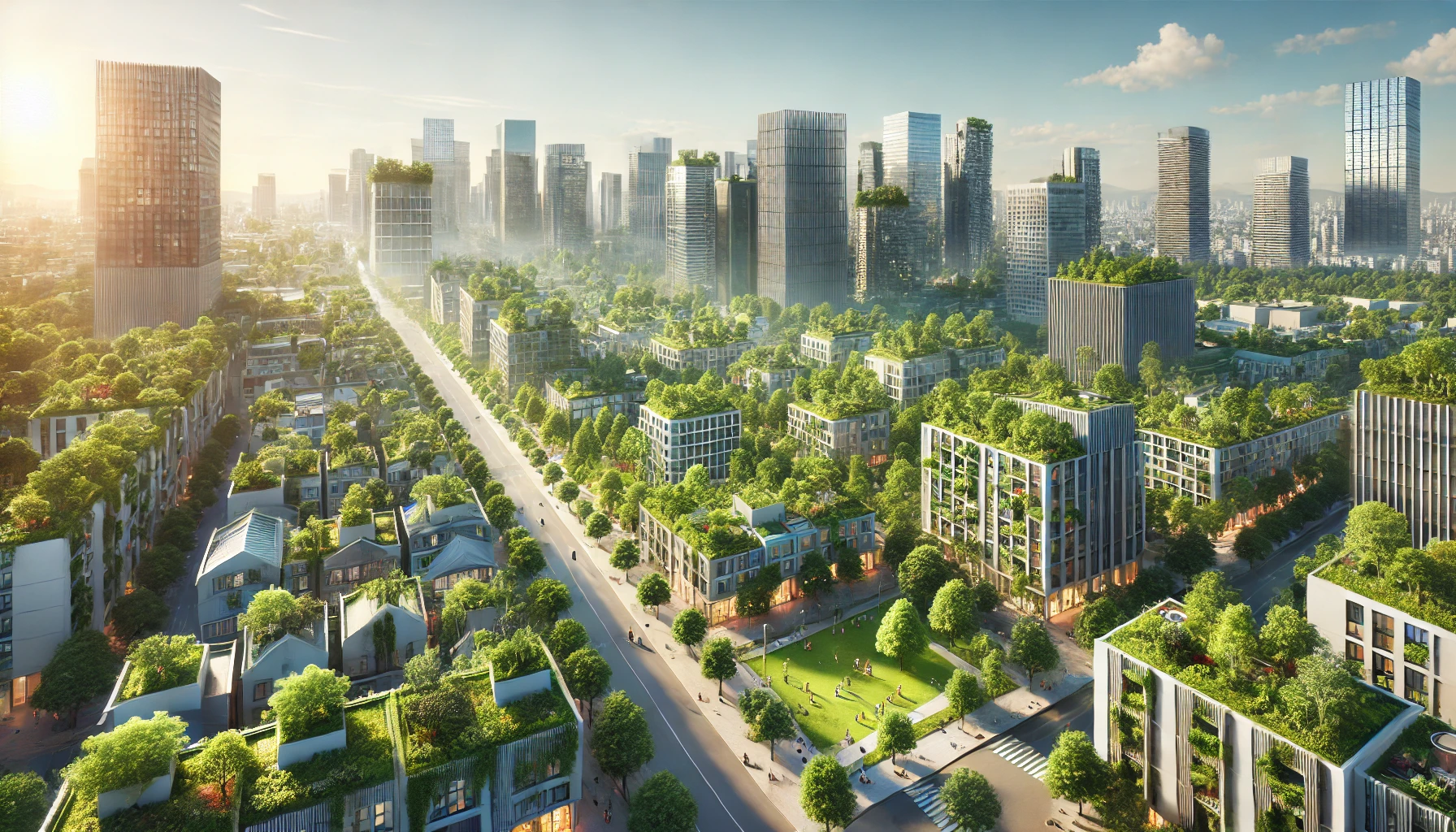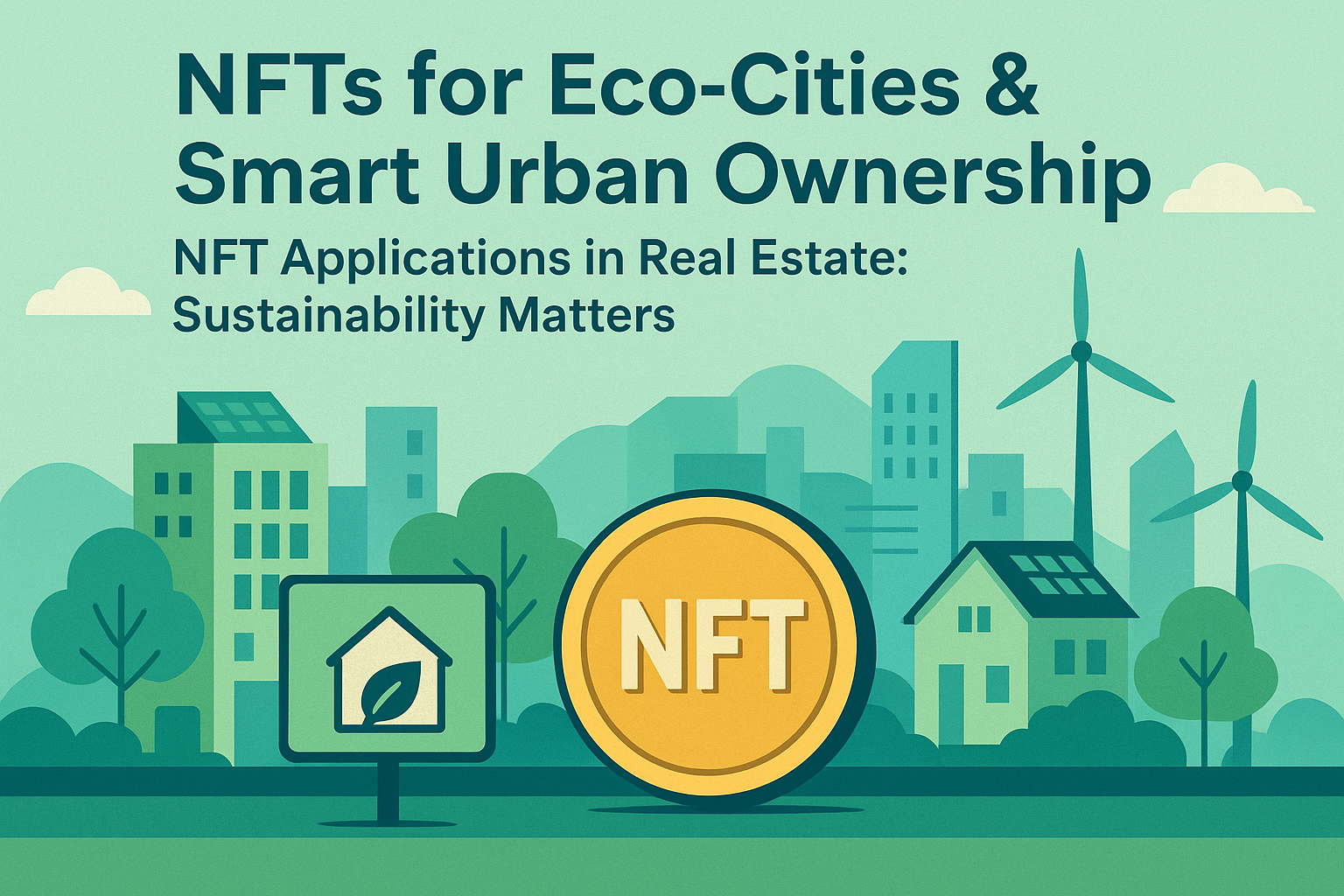In an era where environmental concerns are at the forefront of global discussions, sustainable agriculture has emerged as a vital component of ensuring food security while preserving natural resources. Traditional farming methods, though effective in the past, have led to significant environmental degradation, including excessive water use, soil depletion, and heavy reliance on chemical pesticides. However, recent advances in precision agriculture and vertical farming are offering promising solutions to these challenges, paving the way for a more sustainable future in food production.
Precision Agriculture: Targeted Efficiency
Precision agriculture is transforming the way we think about farming by leveraging technology to optimize the use of resources. This approach involves using data analytics, GPS, and IoT devices to monitor crop conditions, soil health, and weather patterns in real-time. By doing so, farmers can make informed decisions about when and where to apply water, fertilizers, and pesticides, minimizing waste and maximizing efficiency.
One of the key benefits of precision agriculture is its potential to significantly reduce water use. In traditional farming, irrigation systems often apply water uniformly across fields, leading to overwatering in some areas and under-watering in others. Precision agriculture, on the other hand, allows for site-specific irrigation, ensuring that water is applied only where it is needed. This targeted approach not only conserves water but also reduces the energy required for irrigation, contributing to lower greenhouse gas emissions.
Moreover, precision agriculture helps to decrease the reliance on chemical pesticides by enabling farmers to detect pest infestations at an early stage. With the ability to monitor crops continuously, farmers can identify problem areas and apply pesticides only where necessary, rather than treating entire fields. This not only reduces the amount of chemicals released into the environment but also helps to prevent the development of pesticide-resistant pests.
Vertical Farming: Growing Upwards, Not Outwards
Vertical farming is another innovative approach that is gaining traction in the quest for sustainable agriculture. Unlike traditional farming, which relies on vast expanses of arable land, vertical farming involves growing crops in stacked layers within controlled indoor environments. This method is particularly advantageous in urban areas where land is scarce and expensive.
One of the most significant environmental benefits of vertical farming is its ability to drastically reduce water usage. In traditional agriculture, a large portion of water is lost to evaporation or runoff, but in vertical farming systems, water is recirculated and reused. Hydroponic and aeroponic systems, which are commonly used in vertical farming, require up to 90% less water than conventional soil-based agriculture. This is a critical advantage in a world where freshwater resources are becoming increasingly scarce.
In addition to water savings, vertical farming also reduces the need for chemical pesticides. Because crops are grown in a controlled environment, the risk of pest infestations is significantly lower. This allows for the cultivation of produce with minimal or no pesticide use, resulting in healthier food for consumers and a lower environmental impact.
The Future of Sustainable Agriculture
As the global population continues to grow, the demand for food will increase, putting additional pressure on already strained natural resources. Advances in precision agriculture and vertical farming are providing viable solutions to meet this demand sustainably. By reducing water use and minimizing reliance on chemical pesticides, these technologies are helping to create a more resilient and environmentally friendly food production system.
However, the widespread adoption of these methods will require continued investment in research and development, as well as education and support for farmers. Governments, private sector companies, and research institutions must work together to ensure that the benefits of these innovations are accessible to farmers of all sizes, from smallholder farms to large-scale agricultural operations.
In conclusion, sustainable agriculture is no longer just an idealistic goal—it is becoming a reality thanks to the advances in precision agriculture and vertical farming. As these technologies continue to evolve, they hold the potential to revolutionize food production, ensuring that we can feed the world while preserving the planet for future generations.




